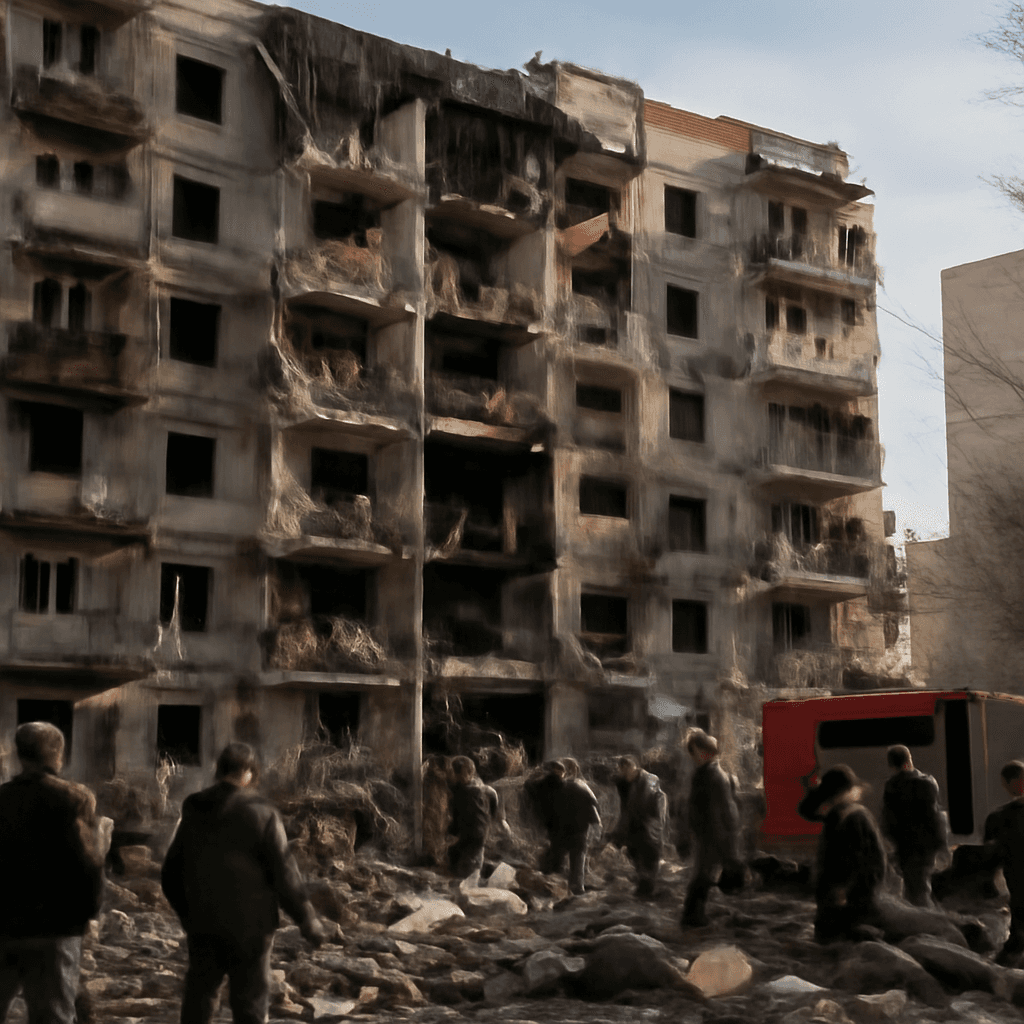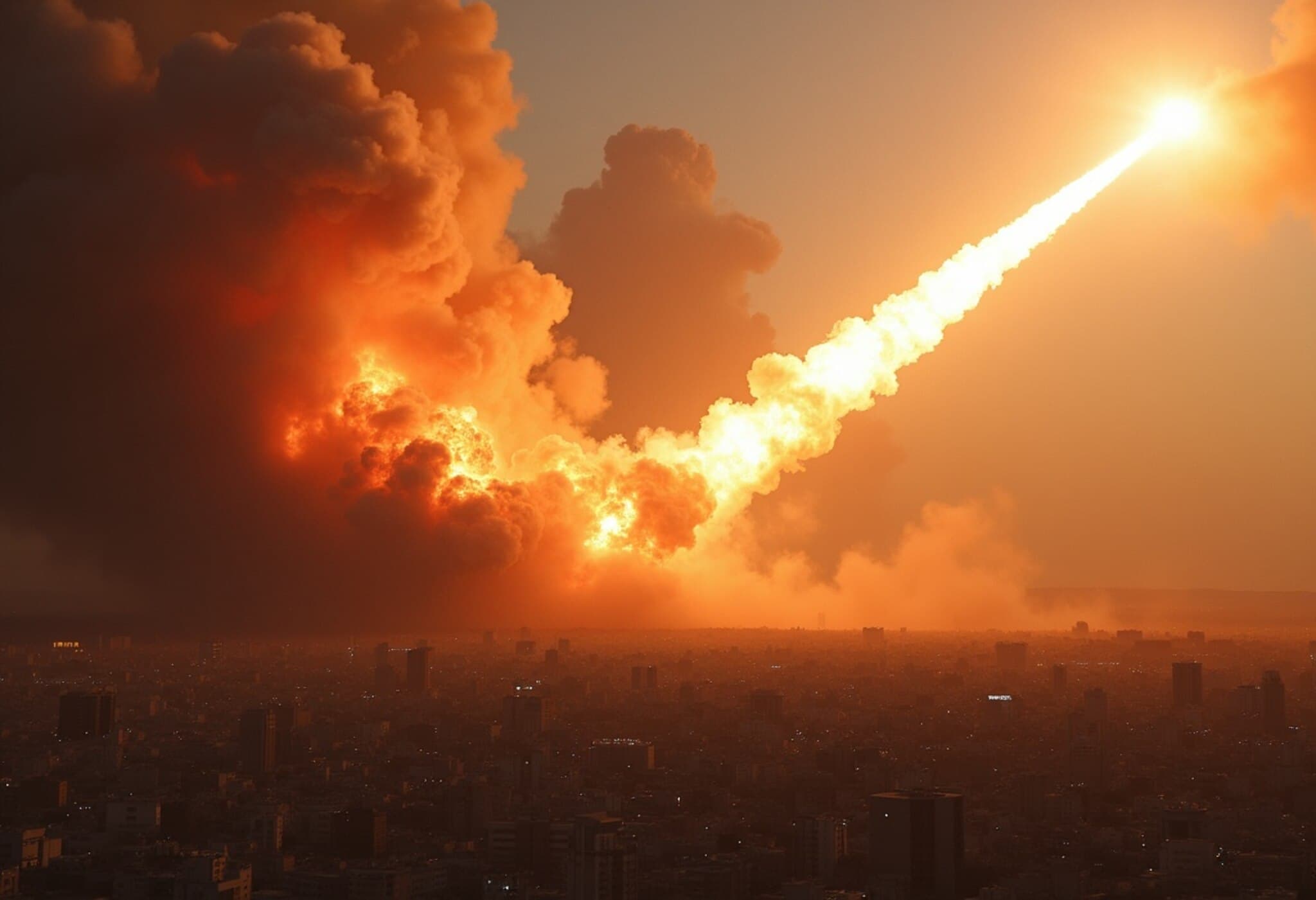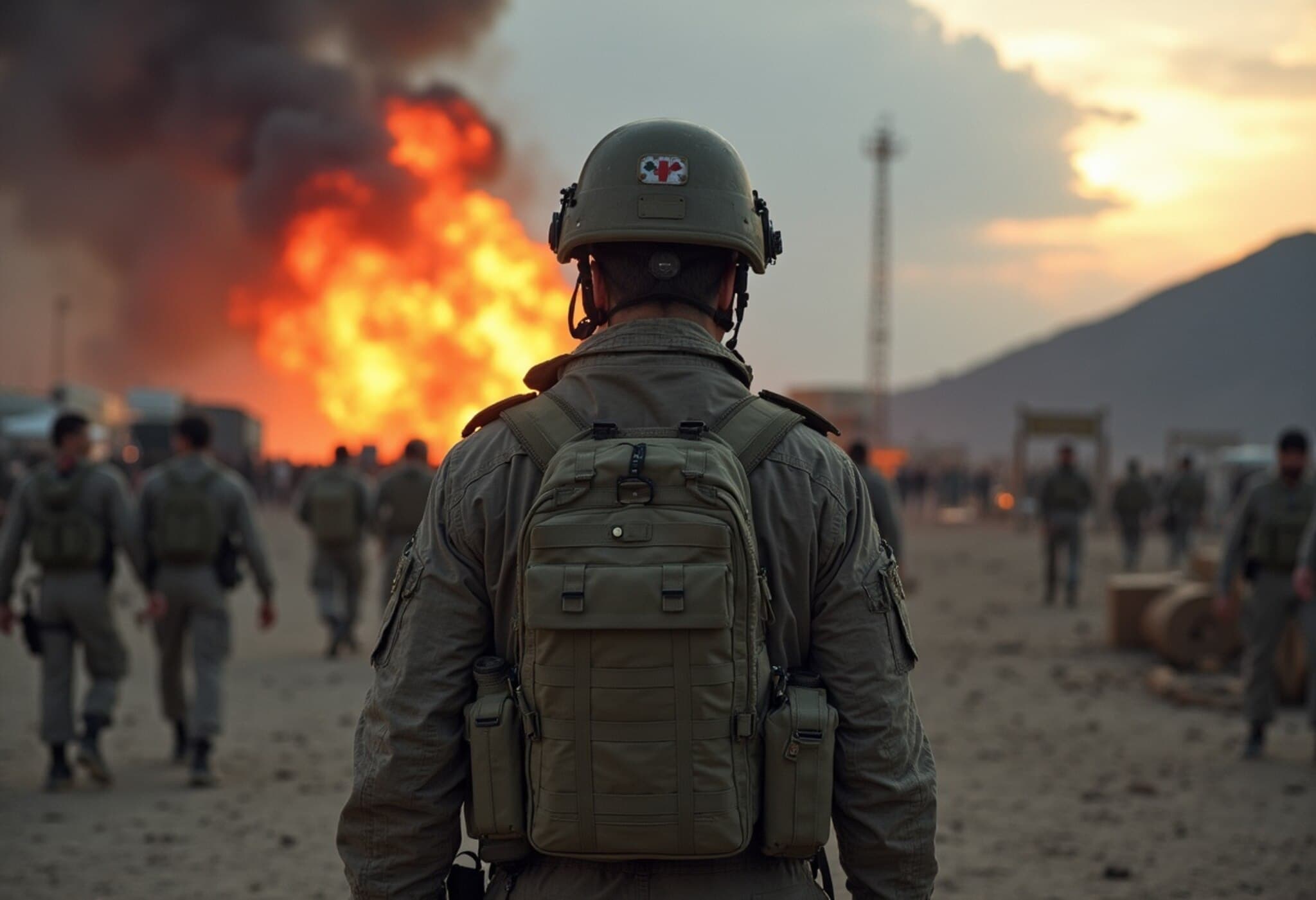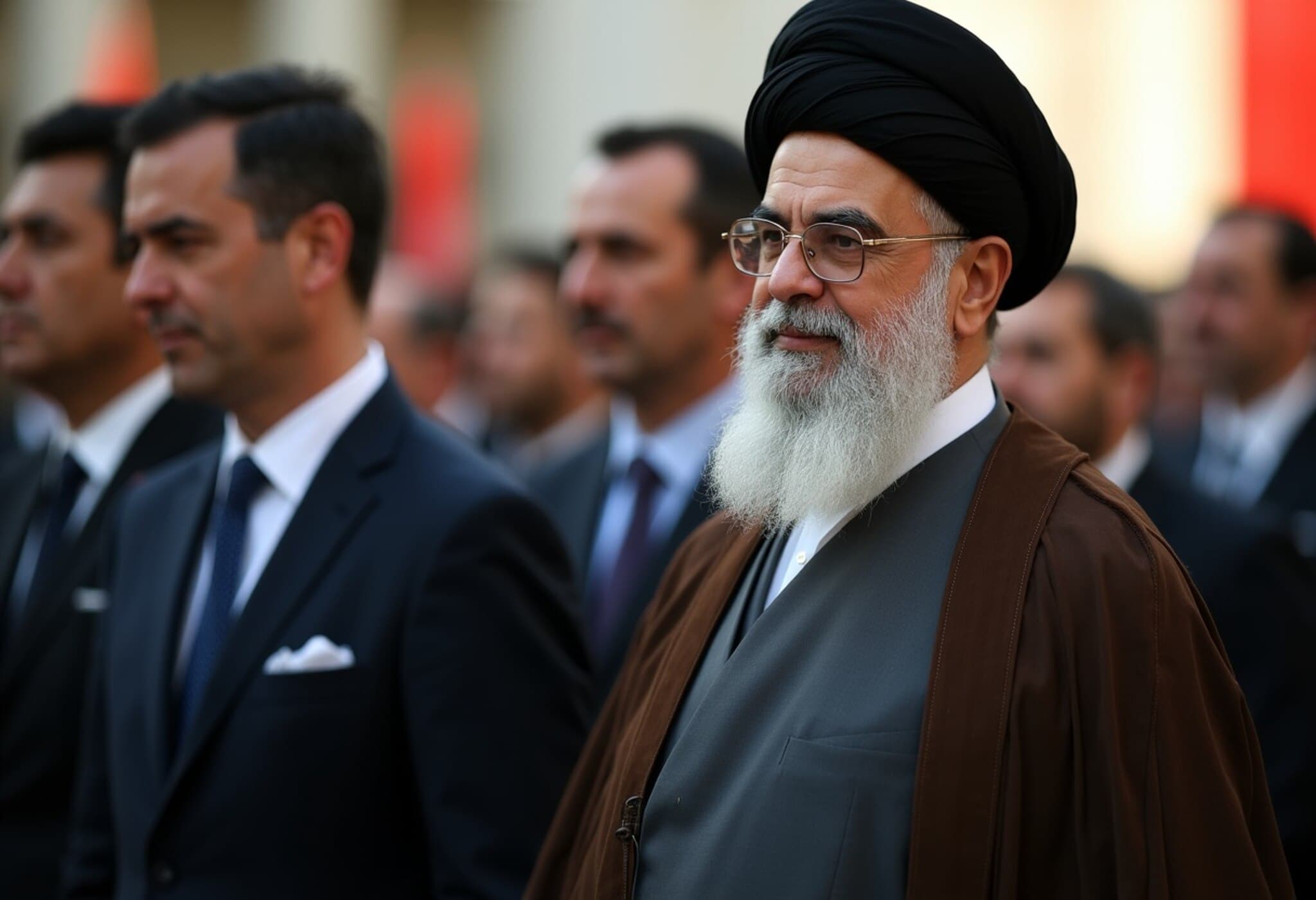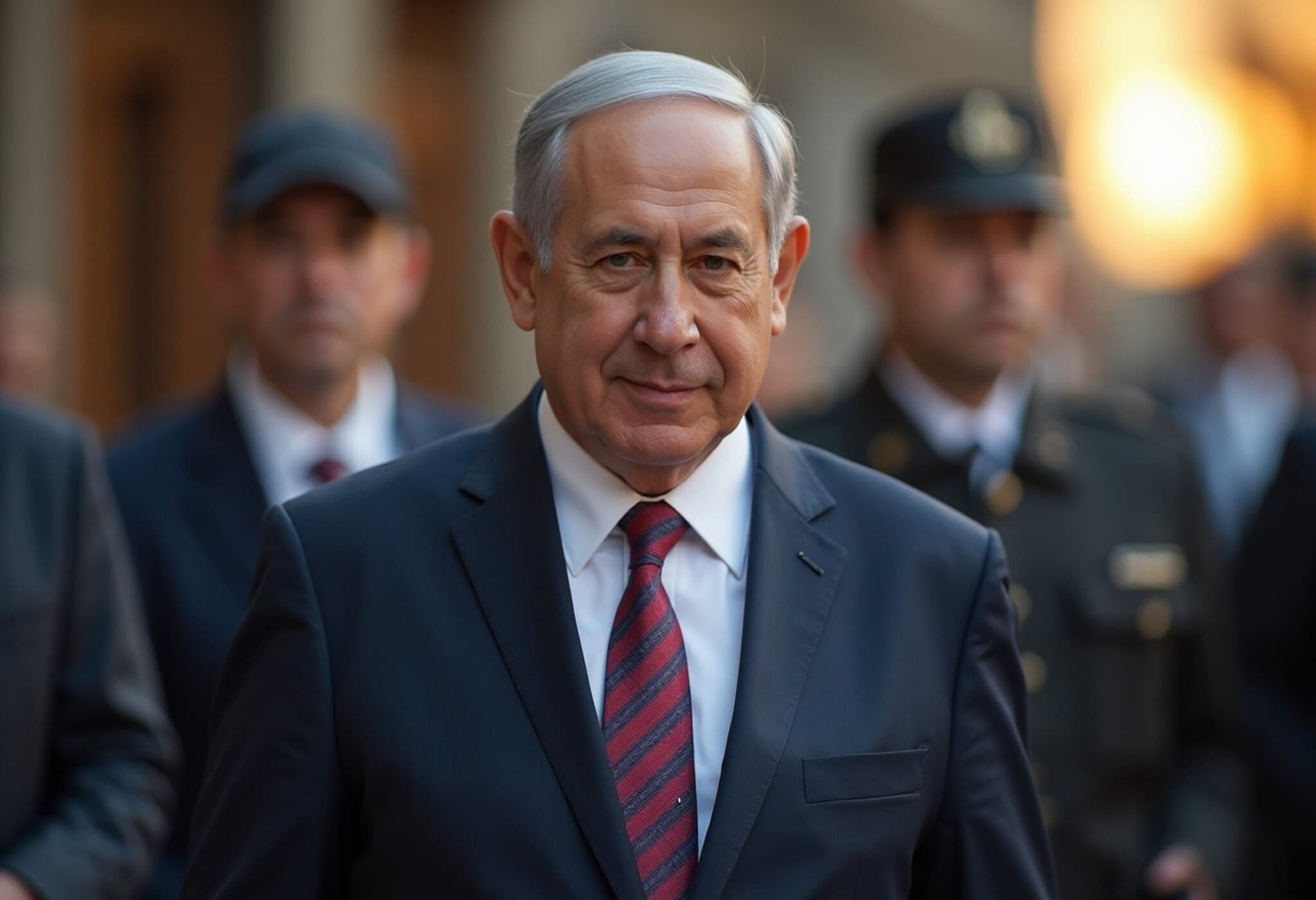Missile Arsenal Intensifies the US-Iran Conflict in the Middle East
The recent escalation in the Middle East has intensified following the United States' airstrikes on key Iranian nuclear sites including Natanz, Isfahan, and Fordow. This marked entry by the US into the unfolding conflict has triggered swift retaliation from Iran, leading to a series of missile exchanges and mounting casualties on both sides.
The US Response: Power and Precision
Among the most formidable weapons deployed by the United States is the GBU-57 Massive Ordnance Penetrator, commonly dubbed the "bunker buster." This non-nuclear bomb, weighing approximately 13,000 kilograms and stretching over 20 feet in length, is specifically designed to strike deep underground targets such as hardened bunkers. Capable of penetrating up to 60 meters of earth or concrete before detonation, it plays a critical role in striking fortified installations.
Complementing this heavy ordnance is the deployment of Tomahawk cruise missiles. These precision-guided, long-range missiles have roots in the Gulf War era and can be launched from US Navy surface ships and submarines. Their strategic use in the recent offensive has severely damaged Iran's critical infrastructure, showcasing their deep land-attack capabilities.
Iran’s Counterstrike: Solid and Liquid-Fueled Missiles
In retaliation, Iran launched a missile campaign targeting Israeli locations. The Sejjil missile, a two-stage, solid-fuel medium-range ballistic missile with a range of 2,000 kilometers and a payload capacity near 700 kilograms, was a significant part of this response. Operational since 2021, this missile has demonstrated the capacity to cause extensive damage.
Further intensifying the exchanges, Iran utilized the Khorramshahr missile, a liquid-fueled medium-range ballistic missile inspired by North Korea’s Musudan platform. It boasts a maximum payload capacity of up to 1,800 kilograms and can carry multiple warheads. Measuring 13 meters in length with a diameter between 1.5 to 2 meters, this missile has an estimated launch weight between 19,000 and 26,000 kilograms and a striking range similar to the Sejjil.
The Conflict’s Toll and Strategic Implications
The missile exchanges have resulted in hundreds of casualties, widespread injuries, and significant displacement of civilians. Both Tel Aviv and Tehran have witnessed sustained hostilities, prolonging a conflict marked by strategic missile strikes and complex military tactics.
This intense deployment of advanced missile technology by both nations underscores the ongoing volatility in the region and raises critical questions about future escalations.
Summary of Key Missiles in Use
- GBU-57 Massive Ordnance Penetrator (US): Non-nuclear bunker buster, penetrates 60 meters underground.
- Tomahawk Cruise Missile (US): Long-range, precision-guided, maritime-launched missile.
- Sejjil Missile (Iran): Solid-fuel, medium-range ballistic missile with 2,000 km range.
- Khorramshahr Missile (Iran): Liquid-fueled, medium-range ballistic missile capable of carrying multiple warheads.







